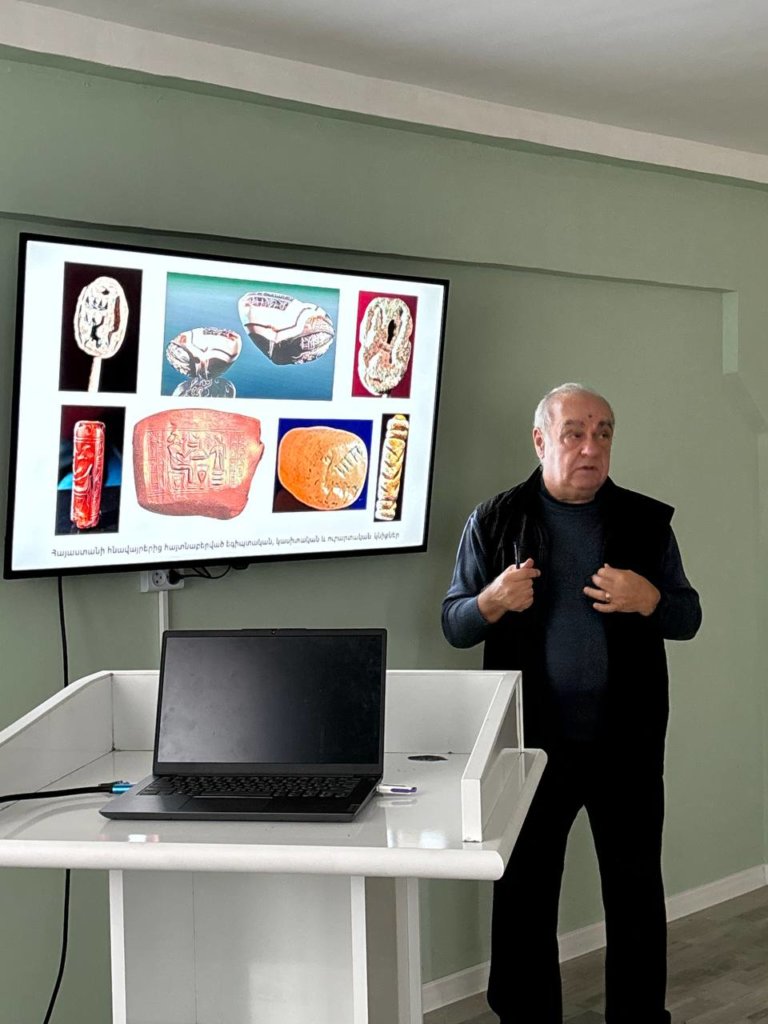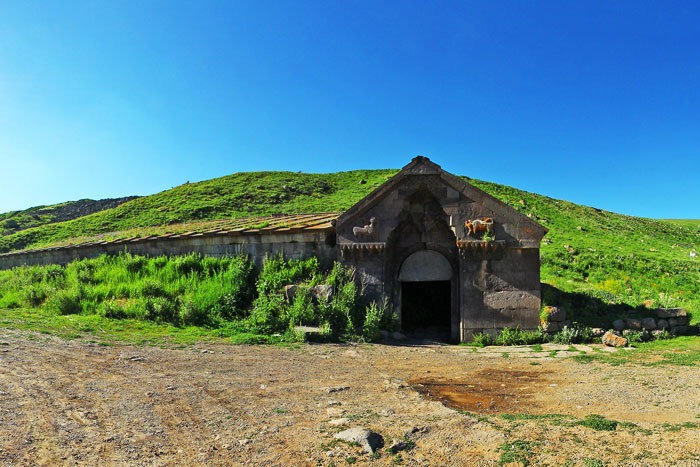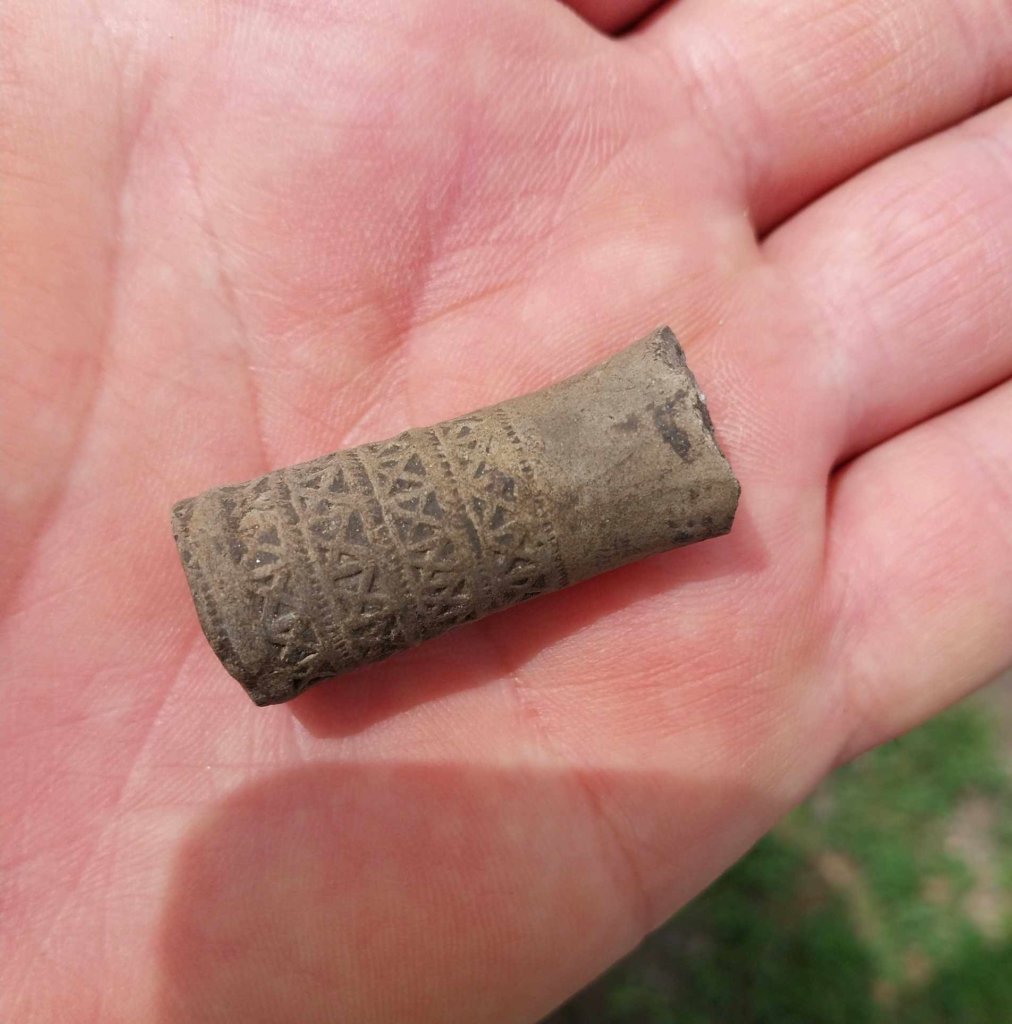Hovsep Orbeli can be considered one of the most brilliant scientists that Armenians have shared his talant with the world.
Yevgeni Viktorovich Tarle, academician of the Russian Academy of Sciences.
Hovsep Orbeli (orientalist, archeologist, public figure and academician who specialized in madieval history of Transcaucasia, the founder of modern Armenian lithography) was born on March 20, 1887, in Kutaisi. After graduating from the Third Men’s Gymnasium in Tbilisi (Georgia) with a gold medal, Orbeli entered the Faculty of History of Saint Petersburg Imperial University. He was a student of the scientists of that time: M.Rostovtsev, F.Zelinski, S.Jebelev, orientalist Ya.Smirnov, Byzantine scholar V.Beneshevich.
Hovsep Orbeli first participated in the excavations of Ani in the summer of 1906, which later became a large archeological school for him. Later the famous scientist made excavations in Van, Akhtamar, Garni, Amberd, Ptghni, Ashtarak.
Hovsep Orbeli studied the Armenian inscriptions of Artsakh, the dialect and folklore of the Armenians and Kurds of Mokk, the architectural monuments of Erzrum, Van, Akhtamar, Bagavan, Bayazet. He wrote the work about Amberd “The Bath and the Clown of the 12th century.”
In 1926, he founded and headed the Oriental Department of the Hermitage in St Petersburg, then from 1934 to 1951 he was the director of the State Hermitage Museum. Orbeli led the evacuation of the Hermitage at the beginning of the Great War. The famous scientist was the first president of the NationalAcademy of Sciences of the Armenian SSR.







